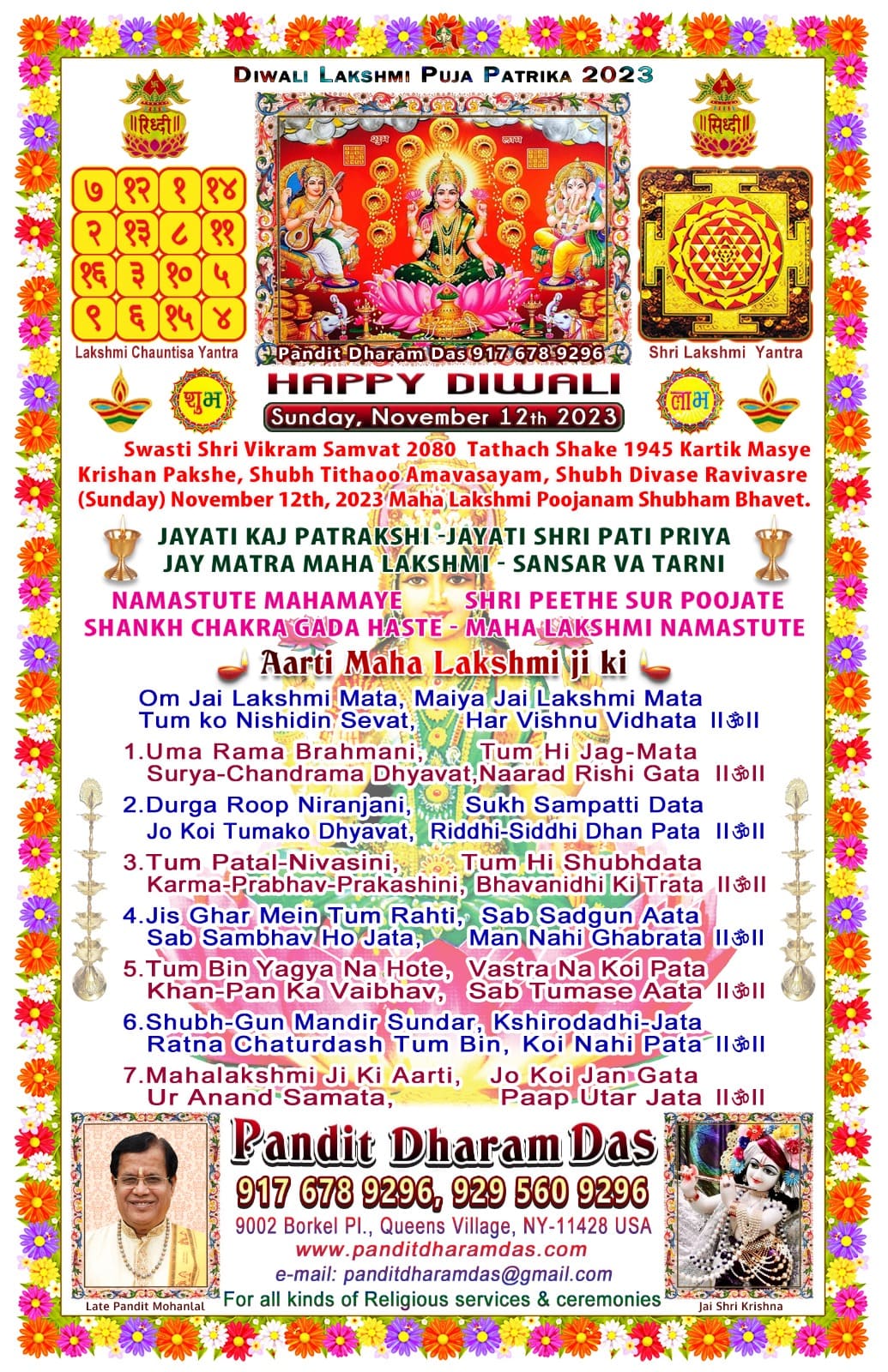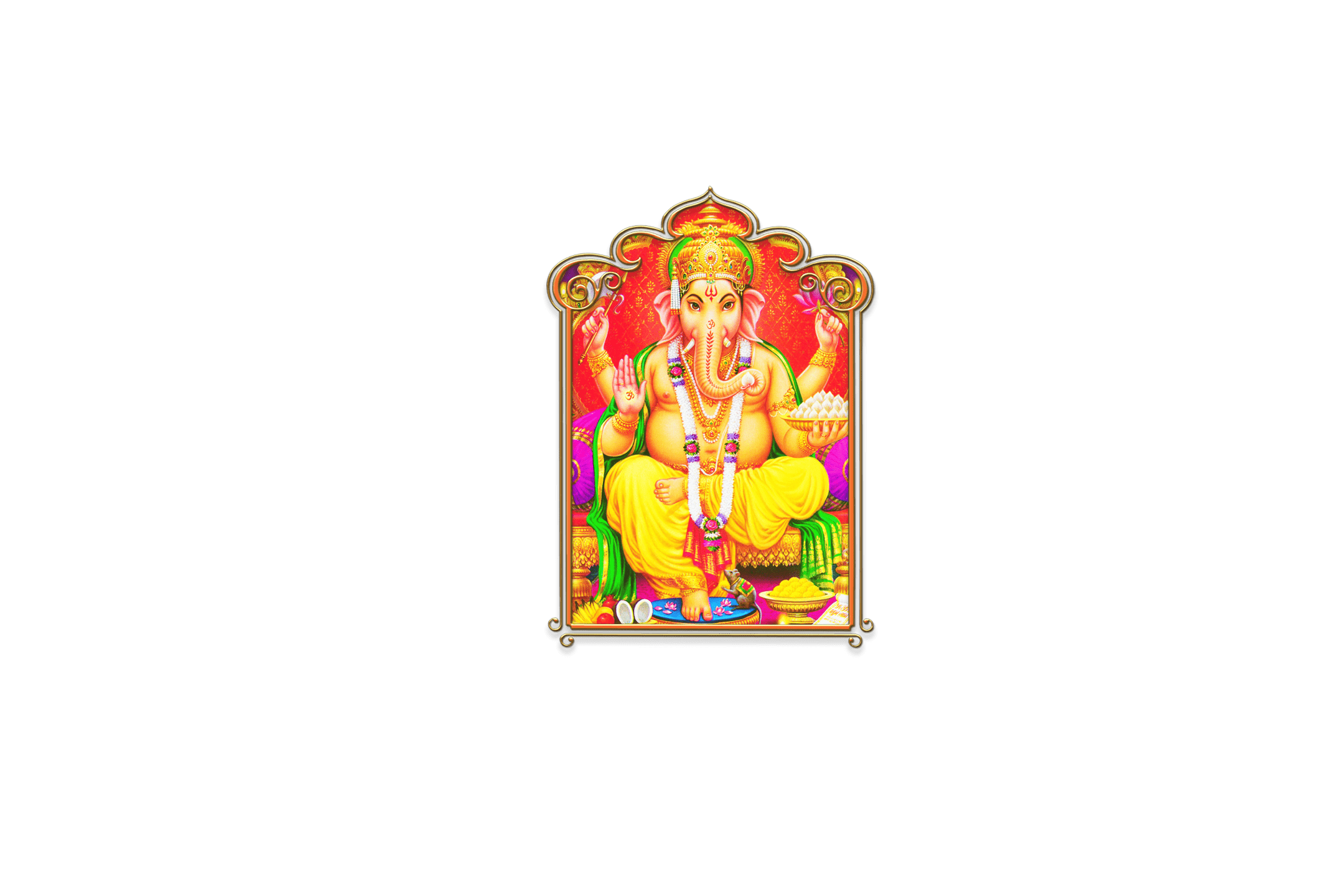

 |
HINDU WEDDING CEREMONY:A Hindu wedding ceremony is a religious occasion in an Indian society. It has evolved from the vedic period which historians place between 3000-5000 B.C.E. The ceremony is a collection of rituals performed by the bride and the groom, their parents, and close relatives and friends. Panditji reads Mantras (verses) from the Holy Scriptures (the Vedas), written in Sanskrit-the original Indian Language. The wedding ceremony takes place in a Vivah Mandap a wedding pavilion. Each ritual has a symbolic spiritual, and philosophical meaning. Fresh Flowers- to signify beauty, Cocunut- to signify fertility, Rice- to signify the food necessary to sustain human life, Purified butter-to feed the scared fire, KumKum (vermilion)- red powder to signify good luck and to say that the soul of bride and groom is with them.
|
 |
SINDHI WEDDING CEREMONY:A Sindhi wedding ceremony is not too different from a Hindu wedding ritual. It differs from a typical Hindu wedding because of its pre and post wedding rituals. The Mehraj, namely the sindhi priest, first performs the kachi misri, which is the informal engagement ceremony. Following that, if a male has not had Janya performed as a young adult, the scared thread ceremony is performed before the wedding. As the wedding approaches, Sindhis perform a prayer to Jhulelal, called the Behrana to ask the Sindhi God to bless the couples life. Following Bherena, ladas are sung, mehendi is applied and satt surn and ghari Bukhi ceremony is performed at the bride and groom's house separately. Vanwa: oil and haldi ceremony. Sagri takes place at the brides house as the groom gets ready.The wedding ceremony is performed with traditional Sindhi rituals and the ceremonies consists of the following steps: 1. Swagatam (welcome of the baarat) 2. Hathialo (joining of the couple hands) 3. Ganesh Poojan 4. Nav Grah Poojan (prayer of the nine planets) 5. Kalash Poojan (prayer to the lord of water) 6. Vidi (reading of mantras from holy books) 7. Havan (holy fire) 8. Mangal Phera (walk around the fire) 9. Saptapadi (seven steps together) 9. Promises 10. Varmala (garland exchange) 11. Wedding ring 12. Mangal sutra (scared necklace) 13. Kanyadhan (sent off the bride) 14. Mithai khilana (sweet offerings) 15. Senan ji gadjani (meeting of the groom and brides parents) 16. Palav (blessings for everyone) 17. Ashirvad and Shanti Path (blessings and sent off).The wedding ends by performing the datar. Pandit Bhagirath, amongst one of the few Sindhi priests in the USA, assures that all the rituals in a Sindhi wedding are performed most traditionally by the bride and groom. Weddings are meant to be fun and our Sindhi Mehraj understands that completely and ensures everyone has a good time at the wedding and all the pre and post wedding rituals. Upon request, pandit ji performs the wedding with sanskrit shlokas in english, hindi & sindhi translations.
|
 |
NAV GRAHA POOJAN: (GRAH SHANTI- Prayers to the nine planets):The prayers are offered the nine planets of our solar system. Ancient Indian astrological and astronomical studies prove that various celestial bodies have a tremendous influence on human lives and among them the effect of the planets and the moon of our solar system are most profound. During this poojan, Gods associated with these planets our invoked to bless the family.
|
 |
SHREE SATYANARAYAN PUJA AND KATHA:Shri Satyanarayana Puja is usually performed on the full moon or on auspicious occasions like marriages, blessing a new home, birthdays, or opening a new business. Pandit Bhagirath performs the katha with harmonium and tabla while singing bhajans so the crowd feels enchanted and enjoys the kirtan.
|
 |
HAVAN:According to the Hindu culture, fire is considered to be the sustainer of life. In this presence of life, when the Mantras (religious hymns) are recited by the priest, it is believed that all the Gods and Goddesses of this universe come and sit around the auspicious fire. By conducting the Havan you are welcoming the God of Fire (Agnidev) to purify the atmosphere of your house and to bring good fortune.
|
 |
SAGAI VIDHI: (ENGAGEMENT CEREMONY):As there is saying, names written in heart can be broken, but names written in circle can go on forever.In the Sagai Vidhi, prayers are first offered to Lord Ganesha and His blessings are divine. Then the normal Sagai Vidhi is carried out by performing nav grah poojan and exchanging of the rings
|
 |
JANYA:Janya refers to the scared thread ceremony in the Hindu culture, also known as the coming of age ceremony. It is a very significant occasion in the life of a hindu. This ceremony is intended to initiate the child to the intellectual and spitiual journey. The mother gives birth to the child, this is the natural birth but when the guru (teacher) gives initiation to the child by giving the Gayatri Mantra, it is considered a second birth of the child. The thread ceremony starts with the worship all the Gods and Goddesses. He then proceeds to reaffirming of the thought of becoming a bramachari by giving him kaupina (loin cloth) and a wooden stick. Then the most important part of the ceremony is placing the student with the scared thread. It denotes that one who wears the sacred thread should be pure in his thought, word and deed. Janya has three threads symbolizing three qualities namely reality, Passion, Inertia. The three strands are tied together which then symbolizes Bramha, Vishnu, and Shiva. After this the Havan is performed, the gayatri mantra is whispered in his ear by the priest and the student is sent off for begging for blessings. Once the Janya ceremony is performed on the child, he can then marry.
|
 |
CHETICHAND:Chetichand marks the first day of the sindhi calendar, and is known as the Sindhi New Year. Also remembered as the birthday of Juhelal. On chetichand, sindhis all around the world seek blessing of jhulelal and perform behrana. Chetichand usually falls in the month of March.
|
 |
BEHRANA:Behrana refers to a satsang which is held in the name of Juhelal. It is usually performed on chetichand or at the beginning of any good deed, such as purchase of a new home, office, or welcoming of a new family member. It may also mark the beginning of a wedding ceremony. The Behrana saheb is a nicely decorated bronze thaal in which the idol of Jhulelal is placed and a Kunri (an earthen vessel), full of water and covered with red cloth, is kept. Wheat flour is kneaded and given a shape of a cone, and is decorated with vermillion, cardamom, almonds, cashews and cloves. On top of it, a large piece of refined suger (Misri Jo Sangh) is placed. This cone is surrounded with fresh flowers, fruits, scented dhoop and agarbattis, and five lighted diyas which transform the whole atmosphere into a divine experience.Jhulelal Devotees, place what is known as akho- rice and sugar in the bherana sahib. They then cover their head with red cloth and carry the Behrana sahib on their head while dancing and singing panjras (bhajans). Commonly known as CHEJ, the Devotees dance with dohnka (Dandiya- Wooden Sticks). The bherana saheb is submerged in the ocean or lake as an offering to Jhulelal. Following the behrana, Tayhiri (black chana and sweet rice) is distributed among the devotees. Pandit Bhagirath, performs all the rituals of the Behrana. He sings Panjras with harmonium and tabla so the crowd feels enchanted and enjoys the chej!
|
You can use the form below to get in touch with Pandit Dharam Das for any questions or comments.
9002 Borkel Pl.,
Queens Village, NY-11428
Tel: C: (917) 678-9296
R: (718) 207-6452
Email: panditdharamdas@gmail.com














